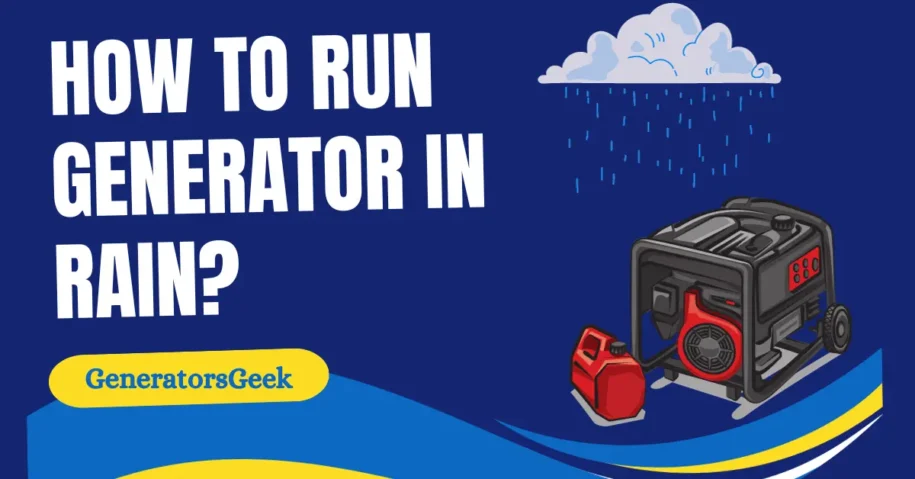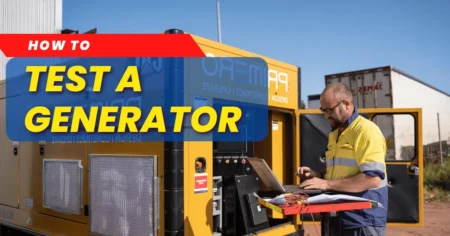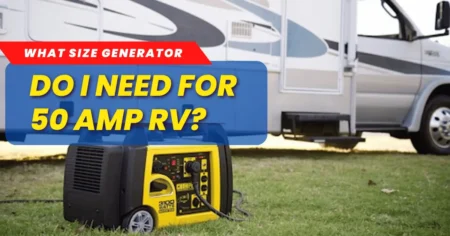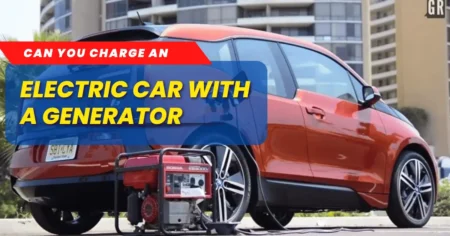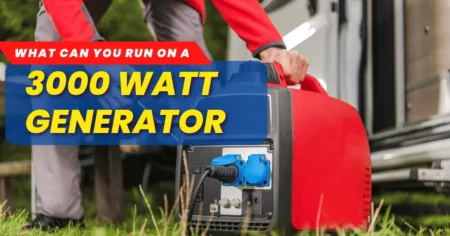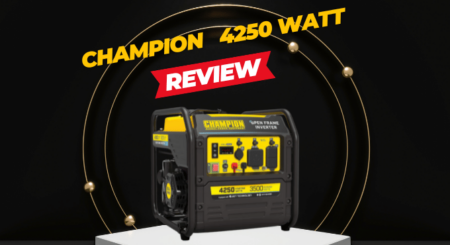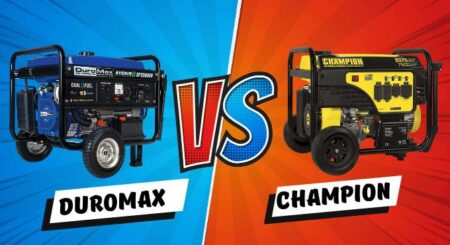Are you looking for How to Run Generator in Rain? Generators are essential machines. These are required to perform activities when the power goes out. Suppose you are living in an area where electricity outage is a common problem, and you need to power water motor, washing machines. You need to do office work on a laptop. You need a reliable source of power. Here generator is used to power all these machines.
Sometimes the solar system is used in houses for electricity still you need to set generator as a backup. Water and power are the necessities of life. You can not live without these two essentials. But when they come together, they can be risky for life. It means is it impossible to use a generator in wet weather or rain?
Lets see How to Run Generator in Rain?
Yes, it is difficult, but if you follow the proper instructions, then you can get benefit from this power generating machine. how to run a generator in the rain you need to cover generator you can choose any one from these options.
- Enclosures
- Plastic sheds
- Pop-up canopies
- covers
If you cannot afford to buy these protectors, then you can make your enclosure at home. We will explain which are the ways to protect the generator from water?
Ideal enclosure
When you use enclosure for shelter, then you have to consider three requirements.
It should protect the generator from all sides.
There should be sufficient airflow to keep the generator functional
Fire resistance
Enclosures
Enclosures are the ideal shelter that covers the generator from all sides. They look like a box. Enclosures contain small holes from the sides, not from the top, for airflow. If holes are on the top, then rainwater may enter from holes and damage the generator.
The material used to construct the enclosure should be water and fire-resistant. If you use a wood enclosure, then follow the precautions to make the inner side strong enough to protect against fire. The wood may burn due to heat. Steel enclosures are the best option instead of woof enclosures.
Remember proper ventilation is necessary while covering the generator. If airflow blocks, then the generator could heat up, and it would not perform correctly.
Plastic sheds
If you want to buy a reasonable shelter for a generator, then use the plastic sheds. The plastic shed should be large to keep the distance from the generator. When you use the generator, then it will become hot enough the plastic shed could be melted if there is a small distance between the shed and generator. You should not ignore the flow of air while covering the generator with plastic sheds.
Pop-up canopies
There are many styles of pop-up canopies. You can use a tent-style canopy. These covers are waterproof that protect the generators from rain. This source of shelter is the easiest and less expensive method of shelter.
However, we will not recommend you to use a canopy cover in case of heavy rain and high wind. It is easy to set canopy in less time. Sometimes this method is used during tailgating and picnics. When you build the canopy, then it is necessary to make it high and at a safe distance from the heat of the generator. Because the heat could burn the canopy, remember to give space for ventilation to prevent the fumes from collecting under the cover. Fumes are carbon monoxide gas which is dangerous for life.
Covers
If you want to cover the generator in the rain but have a limited budget. Large varieties of covers are available at a low price. You can buy a good quality cover from the market that protects the generator from dirt and water.
Generally, most covers are waterproof, and you can fix it on the generator easily. you do not need to worry about the heating of the generator because many covers have cooling options.
Creating DIY enclosure for the generator
This is the most inexpensive and cost-effective method to build an enclosure. Let’s discuss the benefits of DIY enclosure
Weather: a good DIY enclosure will protect the generator from rain. snow, high heat, and high winds
Noise: the generator noise which may be annoying for you and your neighbors. build an enclosure that reduces the noise level of the generator
Security: building enclosure helps to protect the generator from theft
Storage: you do not need to find a space in the garage when you build an enclosure to store the generator
Consider some important factors before deciding how to build an enclosure
Materials
You have to choose the material that can protect the generator from water and fire. The parts of the generator will create rust due to water. Sheet metal and aluminum-coated sheets are the best options.
Size
Decide the size of the enclosure. The enclosure should be large enough for easy access and maintenance of the generator. sufficient space should be given for ventilation
Location
The purpose of the enclosure is to protect the generator from water. It is best to find a place where water will not reach. Generally, generators create noise and fumes; therefore, it is best to place the generator away from the house or windows. You can reduce the noise level with the help of various techniques and products.
Ventilation
The enclosure must have space for ventilation. It isn’t easy because any ventilation could allow water to enter the enclosure. Clean air is necessary for running the generator. Vents are necessary to exhaust the fumes, but this vent must protect to prevent any rain from entering.
Weather
The material you use to make the enclosure should protect the generator from moisture and high temperature. the generator would not function properly due to high temperature and moisture even if you place it out of snow and rain
Electric connections
Be careful in choosing the place, and it should be near to the connection area. If the rainwater enters the connection area, then it will create an electric shock.
CONCLUSION
A generator is an effective machine. It is possible to use it in the rain by protecting the generator with shelter. You have to buy an enclosure of aluminum sheets or plastic sheets.
Don’t be fooled by the wrong statement of the manufacturer that their equipment can be used in the rain. It means that when the rain falls on the generator, it will be switched off when the rain will be finished, then it will still operate.
Use the protector that can cover the generator from all sides. It should be waterproof and fireproof. Ignoring this instruction may result in a breakdown, injury, and death. Avoid using a generator if you are living in an area where hurricanes and tornados are frequent. You have to use this machine with utmost care.

